New strategies: AIA NY shows contemporary Chilean architecture
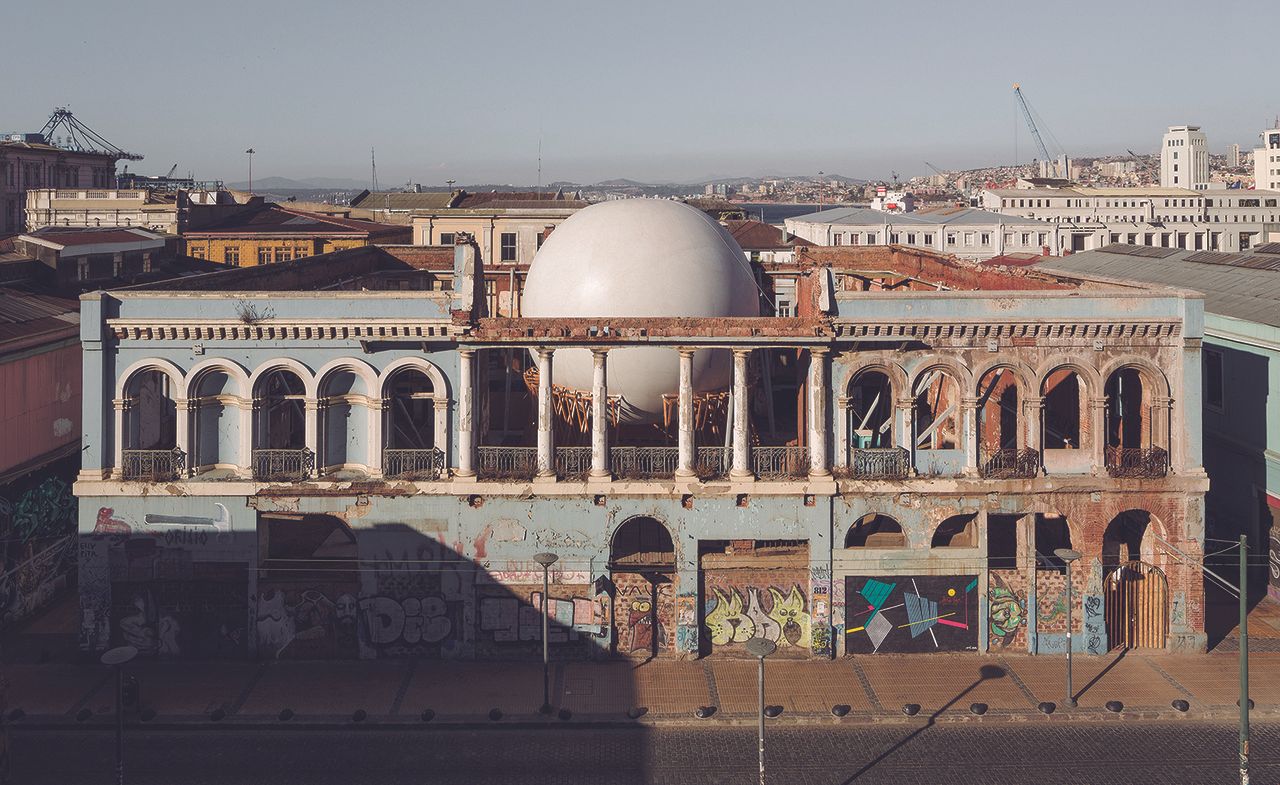
Chile is in the architectural spotlight, thanks in part to this year’s Pritzker Prize winner and Venice Architecture Biennale director Alejandro Aravena, whose Santiago-based firm Elemental is particularly focused on social housing. But Aravena isn’t a lone star: he’s part of a large collective of passionate, strong designers in the comparatively small country, including Mathias Klotz, Smiljan Radić, and the husband-and-wife team of Mauricio Pezo and Sofia von Ellrichshausen, to name just a handful.
Chile’s 'vibrant, autonomous architectural tradition', as MoMA director Glenn Lowry described it, is succinctly expressed in a travelling exhibition at the AIA New York Chapter's Center for Architecture that just opened and runs until early September. 'EXTRA-ORDINARY: New Practices in Chilean Architecture' highlights 17 projects built in the last five years by Chilean architects working in the country, from temporary pavilions to offices, housing and responses to the 2010 earthquake that killed more than 500 people.
These designers have taken up the mantle of their 1960s forebears by dedicating themselves to the challenges of housing, education, urban planning and the deep segregation between rich and poor. But they also experiment with emerging materials and digital tools to create new programs and solutions. This re-flowering has its roots in the 1990s, after Augusto Pinochet’s 'cultural blackout' ended with his exit from the presidency.
Encompassing five categories – temporary architecture and art installations, technological and material explorations, formal and spatial explorations, new programs and reuse – the projects are represented by photographs, renderings and text in panels around the Center’s ground floor gallery. Most successfully, the exhibition’s curators, Chilean architects Jeannette Plaut and Marcelo Sarovic, designed what they call 'pylons' for more intimate viewings of each project. Black triangular boxes are set on poles in the centre of the gallery at eye level, each containing a video or slideshow of one project, drawing visitors into its world for a few moments.
One of the more striking projects is 'The Singular Patagonia', a former cold storage and sheep processing plant in southern Chile that opened in 1915 and was transformed into a hotel in 2011 by architect Pedro Kovacic. He preserved much of the factory in a museum-like setting, and therefore the memory of what was once a small 'company town'.
Plaut and Sarovic also direct the Young Architects Program (YAP) in Santiago, one of the international offshoots of MoMA and MoMA PS1’s annual summer programme that encourages young architects to design temporary, innovative projects. This year’s winners in Santiago, Guillermo Hevia and Nicolás Urzúa, created a pavilion made of curving walls of mirrored steel that distort its surroundings and serve to 'disappear' its structure.
'Chile is just a ravishingly beautiful country,' said Glenn Lowry, speaking at the opening of the exhibition. 'The landscape is just in your face all the time, in part because you have this spine of the Andes that is almost always visible.' Hevia and Urzúa’s was one of the most successful YAP pavilions, he said – one of those that 'tend to ask you to imagine different ways of conceiving and imagining architecture'.
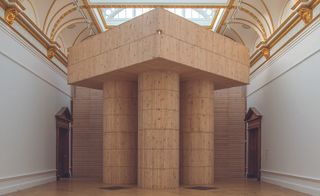
'EXTRA-ORDINARY: New Practices in Chilean Architecture' highlights 17 projects built in the last five years by Chilean architects working in the country, from temporary pavilions to offices, housing and responses to the 2010 earthquake that killed more than 500 people. Pictured: the 'Blue Pavilion' by Pezo Von Ellrichshausen, as seen at the Royal Academy in London, in 2013.
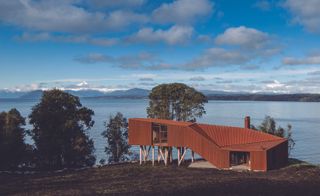
The show was curated by Chilean architects Jeannette Plaut and Marcelo Sarovic. Pictured: the Apus Kankay house in Lago Rupanco, by Aguilo & Pedraza Arquitectos.
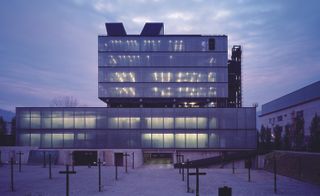
The mixed-used Edificio Grupo Precisión commercial building in Santiago, by Guillermo Acuña Arquitectos.
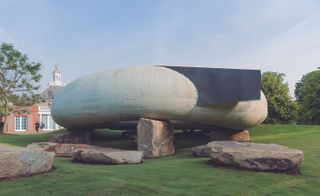
Smiljan Radić's acclaimed 2014 Serpentine pavilion, London.
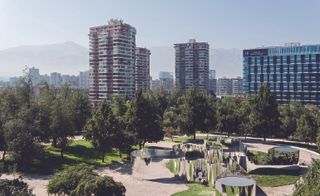
'Your Reflection' installation by Guillermo Hevia and Nicolás Urzúa, as created for the 2015 Young Architects Program in Chile. This program is also led by Plaut and Sarovic.
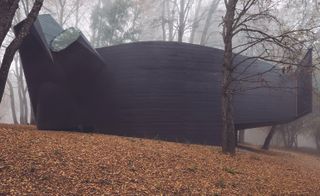
Casa para el Poema del Ángulo Recto, Vilches, Chile, by Smiljan Radić.
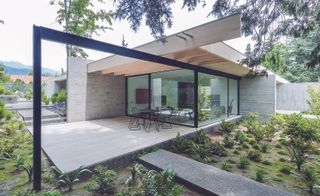
Casa FLD, by 57Studio.
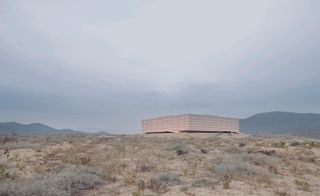
House in Morrillos, by Cristian Izquierdo
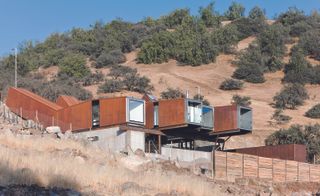
Casa Oruga, Lo Barnechea, Santiago, by Sebastián Irarrázaval Arquitectos.
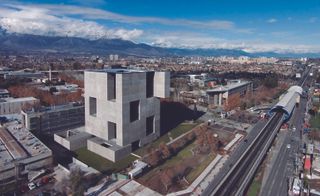
Innovation Centre UC Anacleto Angelini, Santiago, by Alejandro Aravena.
INFORMATION
’EXTRA-ORDINARY: New Practices in Chilean Architecture’ is on view until 3 September. For more information, visit the Center for Architecture’s website
ADDRESS
Center for Architecture
536 LaGuardia Place
New York, NY 10012
Wallpaper* Newsletter
Receive our daily digest of inspiration, escapism and design stories from around the world direct to your inbox.
-
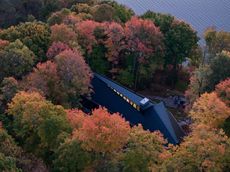 A new lakeshore cottage in Ontario is a spectacular retreat set beneath angled zinc roofs
A new lakeshore cottage in Ontario is a spectacular retreat set beneath angled zinc roofsFamily Cottage by Vokac Taylor mixes spatial gymnastics with respect for its rocky, forested waterside site
By Jonathan Bell Published
-
 Steve McQueen presents a portrait of protest in Britain
Steve McQueen presents a portrait of protest in BritainTurner Contemporary’s groundbreaking exhibition Resistance reframes the history of protest, reminding us of photography’s political potential
By Millen Brown-Ewens Published
-
 Chanel has made a face massage tool from the husks of camellia flower seeds
Chanel has made a face massage tool from the husks of camellia flower seedsChanel Beauty’s new gua sha-inspired tool, designed by in-house experts for rejuvenating facial massage, is the latest launch from its sustainable skincare line, No.1 de Chanel
By Anna Solomon Published
-
 Apple’s new Miami store employs the principles of biophilic design
Apple’s new Miami store employs the principles of biophilic designApple’s first mass-timber store connects shoppers to nature while echoing the Art Deco architecture of Miami
By Anna Solomon Published
-
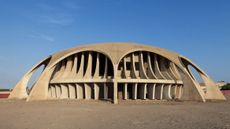 The World Monuments Fund has announced its 2025 Watch – here are some of the endangered sites on the list
The World Monuments Fund has announced its 2025 Watch – here are some of the endangered sites on the listEvery two years, the World Monuments Fund creates a list of 25 monuments of global significance deemed most in need of restoration. From a modernist icon in Angola to the cultural wreckage of Gaza, these are the heritage sites highlighted
By Anna Solomon Published
-
 Reflections from Los Angeles: a local writer's personal account of the LA fires
Reflections from Los Angeles: a local writer's personal account of the LA firesArchitecture writer and local resident Michael Webb reflects on the devastating 2025 Los Angeles fires and offers his personal account of the events of the last two weeks in California
By Michael Webb Published
-
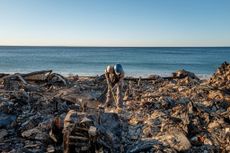 LA Mayor Karen Bass outlines her plan for rebuilding the city
LA Mayor Karen Bass outlines her plan for rebuilding the cityFollowing the devastating LA wildfires, which have destroyed more than 12,000 structures, the city’s mayor has outlined her plan for reconstruction
By Anna Solomon Published
-
 Frank Lloyd Wright’s Weisblat House, a Usonian modernist Michigan gem, could be yours
Frank Lloyd Wright’s Weisblat House, a Usonian modernist Michigan gem, could be yoursFrank Lloyd Wright’s Weisblat House in Michigan is on the market – a chance to peek inside the heritage modernist home in the countryside
By Audrey Henderson Published
-
 Cabin House is a simple modernist retreat in the woods of North Carolina
Cabin House is a simple modernist retreat in the woods of North CarolinaDesigned for downsizing clients, Cabin House is a modest two-bedroom home that makes the most of its sylvan surroundings
By Jonathan Bell Published
-
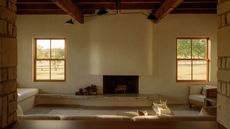 A Texas ranch house blends Californian charm and Asian minimalism in a 'balance in hybridity'
A Texas ranch house blends Californian charm and Asian minimalism in a 'balance in hybridity'Pontious, a Texas ranch house designed by OWIU, is a home grounded in its owner's cultural identity, uniting Californian, Chinese and Japanese roots
By Tianna Williams Published
-
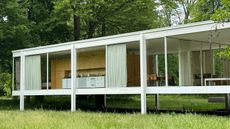 The three lives of the Edith Farnsworth House: now, a modernist architecture icon open to all
The three lives of the Edith Farnsworth House: now, a modernist architecture icon open to allThe modernist Edith Farnsworth House has had three lives since its conception in 1951 by Mies van der Rohe; the latest is a sensitive renovation, and it's open to the public
By Audrey Henderson Published